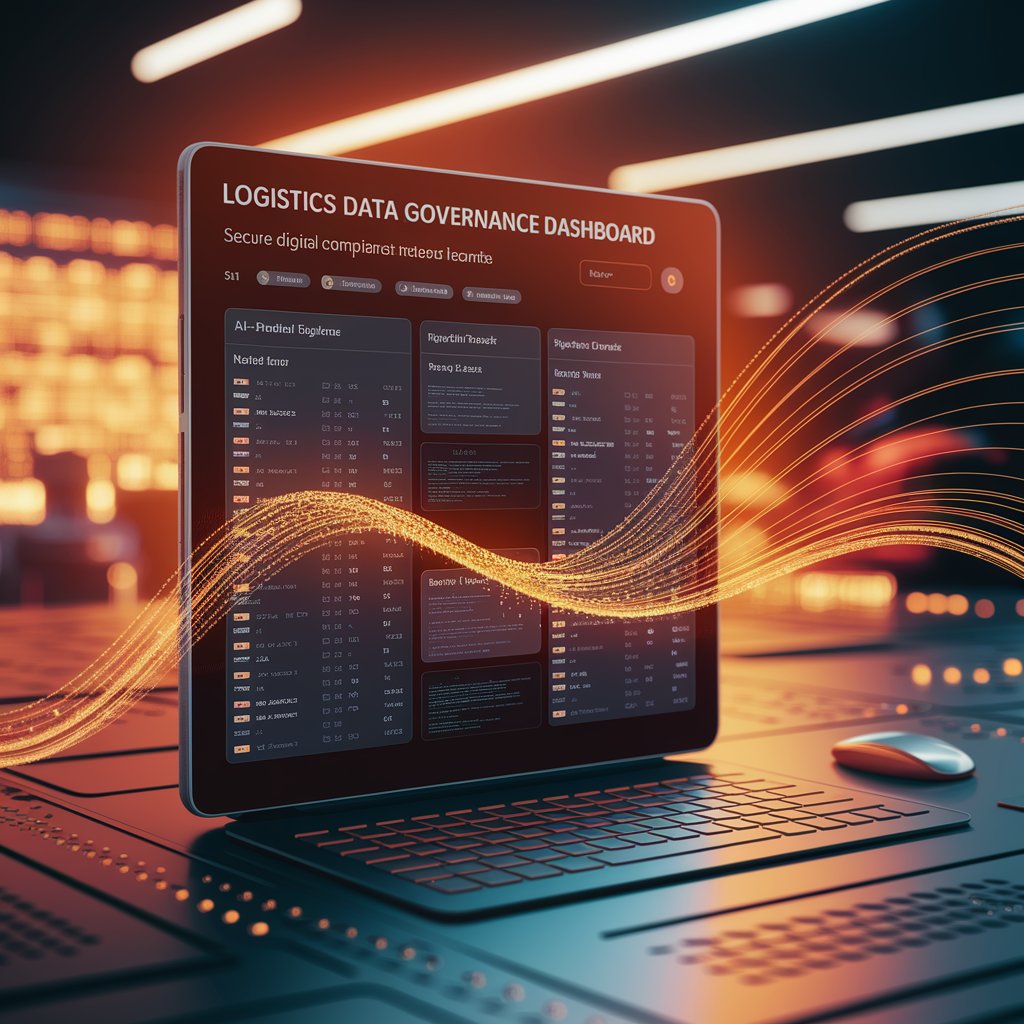Logistics Data Governance: Building Trust and Transparency in Supply Chains

Introduction
That’s where logistics data governance comes in. By establishing policies, standards, and technologies for managing logistics data, companies can ensure trust, transparency, and efficiency across global supply chains.
What Is Logistics Data Governance?
Logistics data governance is the framework of rules, processes, and technologies used to manage data quality, security, and accessibility within supply chains. It ensures that logistics data is:
- Accurate and consistent
- Compliant with global regulations
- Secure from unauthorized access
- Accessible to the right stakeholders
- Traceable for audits and analytics

Key Components of Logistics Data Governance
- Data Quality Management: Ensuring accuracy in shipment, routing, and inventory data.
- Compliance Controls: Aligning with customs, tax, and trade regulations.
- Data Security: Protecting sensitive cargo and customer information.
- Master Data Management (MDM): Centralizing critical logistics records.
- Audit Trails: Providing transparency for decision-making and accountability.
Benefits for Logistics Providers
Implementing strong data governance delivers clear advantages:
- Reduced Errors: Eliminate duplicate or inconsistent shipment records.
- Compliance Assurance: Avoid penalties and delays due to incorrect filings.
- Operational Efficiency: Enable better decisions with high-quality data.
- Customer Confidence: Build trust with accurate and transparent information.
- Data-Driven Growth: Support predictive analytics and AI strategies.

Real-World Applications
- Freight Forwarders: Ensure accuracy in documents like bills of lading and invoices.
- Carriers: Securely manage fleet and shipment data across global routes.
- Warehousing: Maintain consistent inventory records across systems.
- Customs & Border Logistics: Guarantee compliance through accurate and auditable records.
The Role of AI in Data Governance
AI is reshaping logistics data governance by automating data validation, detecting anomalies, and ensuring compliance in real time. Machine learning models can flag discrepancies instantly, while blockchain can add a new layer of transparency and trust across multi-party logistics networks.

Conclusion
Logistics data governance is the foundation of reliable, transparent, and efficient supply chains. By implementing strong governance frameworks powered by AI and automation, logistics providers can ensure compliance, improve decision-making, and build customer trust. In an increasingly digital industry, mastering data governance is not optional—it’s the key to long-term competitiveness.
